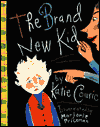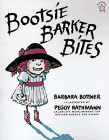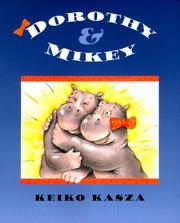
Summary:
Fern, an eight year old girl spends her free time with Wilbur the pig whom she loves and the other barn animals who play a large part in the life of Wilbur. Charlotte, the large grey spider, befriends Wilbur and helps him deal with the shocking news that his life will end as bacon on someone’s plate. Charlotte comes up with a fascinating plan that will make Wilber famous, and keep him alive. She has help from a wide cast of characters, including, Templeton the rat (who never does anything unless there is something in it for himself) to help Wilbur escape death. They become great companions who learn exactly what friendship really means.
Theme: Friendship
Grades 3-7
Pre-Reading:
- Do you think complete opposites can become good friends? Why or why not?
- Write about a time when you weren't quite sure about someone who was trying to befriend you. How did it work out?
- What would you be willing to do for your friends?
- Weaving Other Words:Charlotte's webs describe Wilbur, but what might she have to say about the other characters? Have students pick a couple characters and select words that would be fitting for their webs.
- Write an Obituary: Have students write an obituary about Charlotte. What kind of a character was she? What made her a good friend to Wilber? Will she be missed? If so, why? Choose 3 character traits that decsribe Charlotte and use examples from the story to support your obituary.
- Write a biography: Students will write a biography of a character's life (Charlotte or Wilber). Were these character's good friends? Why or why not? What made them special. What character traits would you use to describe them?
- Discussion Question: Is Templeton the rat a good friend? Why or why not? Do you have a friend like Templeton?










